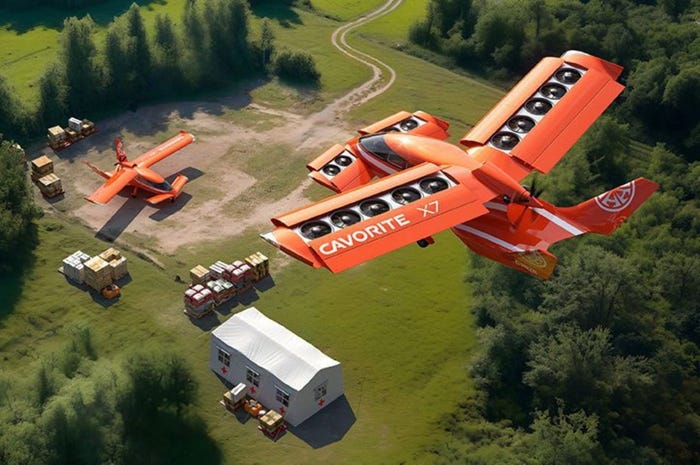Waymo Self-Driving Taxis Heading to Austin
The announcement comes a week after Waymo said it was pausing its self-driving truck program to focus on ride-hailing services

Waymo plans to launch its self-driving taxi service in Austin, Texas.
It will be the fourth city that the company, owned by Google parent Alphabet, is operational in, alongside San Francisco, Phoenix and Los Angeles.
And the announcement is further evidence of how momentum is building – and competition intensifying – in the self-driving taxi world, following rival Cruise’s recent confirmation that it is set to enter both Nashville and Miami, taking the tally of cities it is active in to seven.
One of those is Austin, which will bring the two companies into direct competition again, as in San Francisco and Phoenix.
Waymo says it has been testing its converted Jaguar I-Pace AVs in the downtown area for the past few months, and plans to commence the first phase of operations in the fall.
Although it has not yet stated how many self-driving taxis it will run on the city’s roads, it is set to adopt the same staggered approach to its introduction that it has adopted in other locations, with human safety operators behind the wheel in the initial stages. Over time, they are removed as the cars go fully driverless before the service is extended to members of the public, and finally, it is commercialized.
Waymo says its plan is for much of the city to be covered during both the day and night and cited locations such as downtown, Barton Hills, Riverside, East Austin and Hyde Park as areas that it intends to serve.
“Austin is one of the most vibrant and dynamic cities in the country, and we’ve found that the Waymo Driver [the company’s automated driving tech] is adapting to its complex cityscape incredibly quickly,” said Saswat Panigrahi, chief product officer at Waymo. “Autonomous vehicles make transportation safer, greener and more accessible, and we can’t wait for Austinites to experience these benefits for themselves.”
The launch won’t constitute the first time Waymo has operated in Austin. In 2015, the one-time Google self-driving project conducted a groundbreaking, world-first driverless ride in its Firefly prototype. Now it says it has decided to return to Austin because it is the second fastest-growing major city in the United States – behind the San Francisco Bay Area – and represents a “significant commercial opportunity.”
However, Waymo is clearly mindful of the growing volume of dissent surrounding self-driving taxis, which has prompted protesters to disable vehicles in San Francisco by placing cones on their hoods, following a string of incidents that have caused traffic disruption in the city and even saw a dog lose its life in a collision.
It used the announcement of its arrival in Austin to again press home the safety credentials of autonomous driving, highlighting how 125 people died in road traffic accidents in the city last year, many at the hands of drivers who were speeding, driving or intoxicated – scenarios the Waymo Driver is claimed to avoid “by following the rules of the road and being attentive at all times.”
The Austin announcement comes a week after Waymo said it was pausing its self-driving truck program to focus on ride-hailing services.
About the Author
You May Also Like








